D6392
P1,P5-Di(adenosine-5′) pentaphosphate trilithium salt
≥95%, powder
Synonym(s):
A(5′)P5(5′)A trilithium salt, Diadenosine pentaphosphate trilithium salt
Select a Size
About This Item
CA$155.00
Recommended Products
biological source
synthetic (organic)
Quality Level
Assay
≥95%
form
powder
color
white to off-white
solubility
H2O: 50 mg/mL
storage temp.
−20°C
SMILES string
[Li+].[Li+].[Li+].Nc1ncnc2n(cnc12)[C@@H]3O[C@H](COP(O)(=O)OP([O-])(=O)OP([O-])(=O)OP([O-])(=O)OP(O)(=O)OC[C@H]4O[C@H]([C@H](O)[C@@H]4O)n5cnc6c(N)ncnc56)[C@@H](O)[C@H]3O
InChI
1S/C20H29N10O22P5.3Li/c21-15-9-17(25-3-23-15)29(5-27-9)19-13(33)11(31)7(47-19)1-45-53(35,36)49-55(39,40)51-57(43,44)52-56(41,42)50-54(37,38)46-2-8-12(32)14(34)20(48-8)30-6-28-10-16(22)24-4-26-18(10)30;;;/h3-8,11-14,19-20,31-34H,1-2H2,(H,35,36)(H,37,38)(H,39,40)(H,41,42)(H,43,44)(H2,21,23,25)(H2,22,24,26);;;/q;3*+1/p-3/t7-,8-,11-,12-,13-,14-,19-,20-;;;/m1.../s1
InChI key
BFBDFBHROZLGEG-JJCYRVQFSA-K
Looking for similar products? Visit Product Comparison Guide
Related Categories
1 of 4
This Item | 687561 | 682322 | 682772 |
|---|---|---|---|
| assay 97% | assay 98% | assay ≥96% | assay 97% |
| form solid | form solid | form solid | form solid |
| functional group ether, phosphine | functional group phosphine, thioether | functional group amine, phosphine | functional group ether, nitrile |
| optical activity [α]20/D 366°, c = 0.1 in chloroform | optical activity - | optical activity - | optical activity [α]22/D +349°, c = 2% in chloroform |
| mp 158-162 °C | mp 146-149 °C | mp 108.7-113.6 °C | mp 257-261 °C |
| Quality Level 100 | Quality Level 100 | Quality Level 100 | Quality Level 100 |
Application
Biochem/physiol Actions
Storage Class Code
11 - Combustible Solids
WGK
WGK 3
Flash Point(F)
Not applicable
Flash Point(C)
Not applicable
Personal Protective Equipment
Choose from one of the most recent versions:
Already Own This Product?
Find documentation for the products that you have recently purchased in the Document Library.
Our team of scientists has experience in all areas of research including Life Science, Material Science, Chemical Synthesis, Chromatography, Analytical and many others.
Contact Technical Service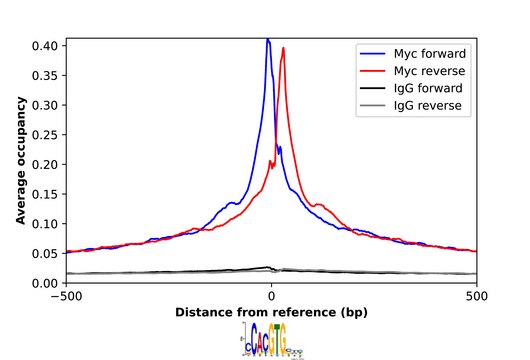
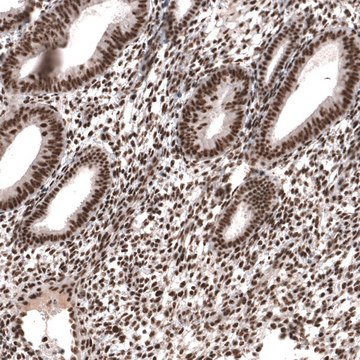

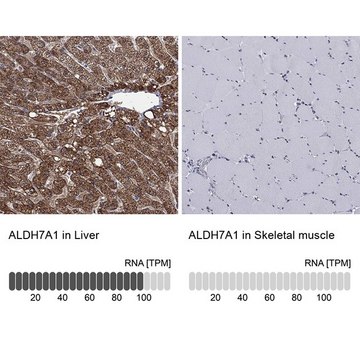
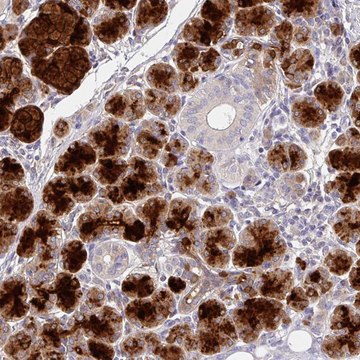



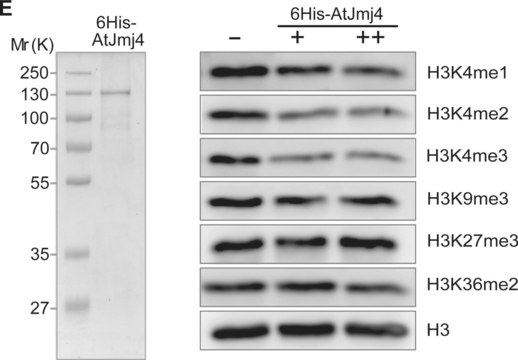
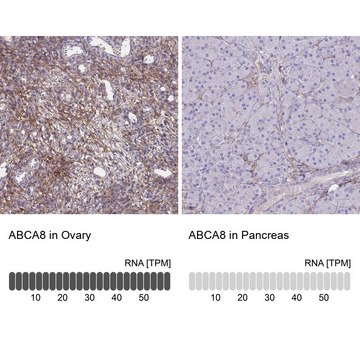
![(S)[(Sp)-2-(Diphenylphosphino)ferrocenyl]-4-isopropyloxazoline 97%](/deepweb/assets/sigmaaldrich/product/structures/265/471/6ec7300c-126b-4e22-9b5b-12634da58dbd/640/6ec7300c-126b-4e22-9b5b-12634da58dbd.png)
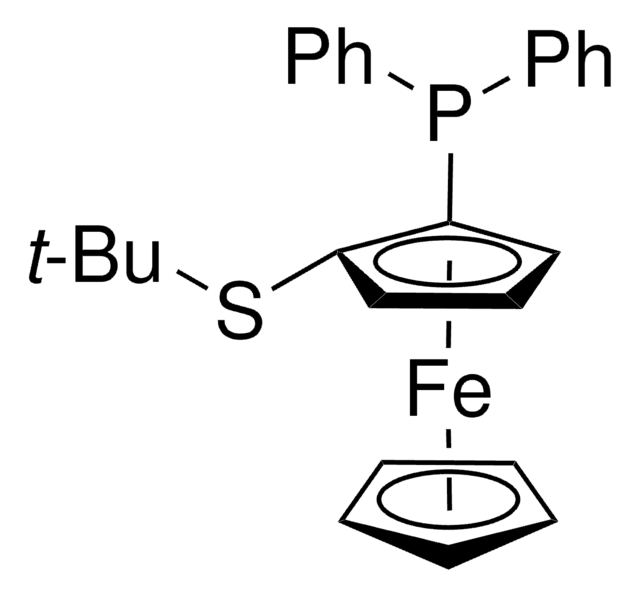
![(R)-N-Methyl-N-diphenylphosphino-1-[(S)-2-diphenylphosphino)ferrocenyl]ethylamine ≥96%](/deepweb/assets/sigmaaldrich/product/structures/418/090/c80a189a-0e74-4983-bf17-13d1f9e5358b/640/c80a189a-0e74-4983-bf17-13d1f9e5358b.png)
![(4S)-(+)-4-[4-(tert-butyl)phenyl]-α-[(4S)-4-[4-(tert-butyl)phenyl]-2-oxazolidinylidene]-2-oxazolineacetonitrile 97%](/deepweb/assets/sigmaaldrich/product/structures/114/354/0740f93b-dd9c-48d5-a4be-92fe45387682/640/0740f93b-dd9c-48d5-a4be-92fe45387682.png)